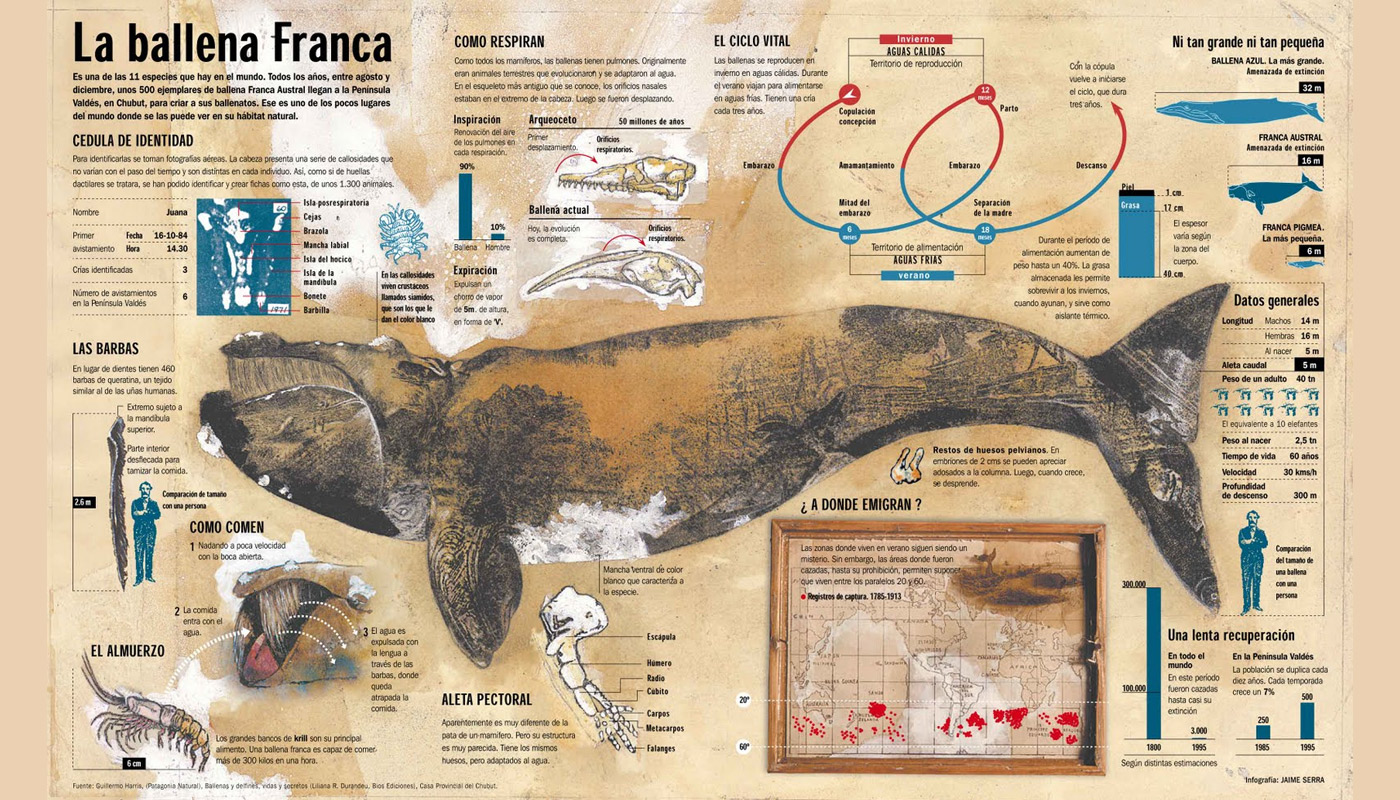What Are Infographics and the Types That Exist
In the information age, where the flow of data is overwhelming, infographics have become an essential tool for communicating information clearly, concisely, and attractively. But what exactly are infographics, and what types are there?
What Are Infographics?
Infographics are visual representations of information, data, or knowledge. They combine graphic elements like images, icons, charts, and text to convey complex information quickly and comprehensibly. Their main goal is to make it easier to understand topics that might be difficult to explain with words alone.
Infographics are particularly useful in education, journalism, marketing, and any field where there is a need to simplify and visualize large amounts of information.
Types of Infographics
There are several types of infographics, each suited for different purposes and audiences. Below are some of the most common types:
1. Statistical Infographics
These infographics focus on presenting numerical data in an attractive visual way. They use bar charts, line graphs, pie charts, and other visual elements to highlight statistics and trends. They are ideal for market reports, survey results, and data analysis.
2. Informative Infographics
This type of infographic is used to explain concepts or provide detailed information on a specific topic. They can include lists, diagrams, and maps to help break down the information. They are very common in educational blogs, journalistic articles, and training materials.
3. Timeline Infographics
Timeline infographics present information in a chronological sequence, showing the evolution of a topic or the history of an event. They use timelines to organize data so that the reader can easily follow the development over time. They are useful for biographies, company histories, or analysis of historical events.
4. Process Infographics
These infographics break down a complex process into individual steps, making it easier to understand how something works. They use flow diagrams, step-by-step sequences, and arrows to guide the reader through the process. They are especially useful in user manuals, tutorials, and procedure guides.
5. Geographical Infographics
Geographical infographics use maps to present data related to specific locations. They can show demographic information, regional statistics, or the distribution of geographical phenomena. They are common in market studies, public health reports, and geospatial data analysis.
6. Comparative Infographics
These infographics are used to compare two or more elements, highlighting their differences and similarities. They can use comparative tables, side-by-side graphics, and feature lists. They are useful for product analysis, service comparisons, and option evaluations.
7. Hierarchical Infographics
Hierarchical infographics present information structured in levels, showing the relationship between different elements. They use tree diagrams, organizational charts, and pyramids to represent the hierarchy. They are useful for showing organizational structures, classifications, and categorization systems.
In other words
Infographics are a powerful tool for visual communication in a world saturated with information. By choosing the right type of infographic for your needs, you can make complex information more accessible and understandable for your audience. From statistics to processes and comparisons, each type of infographic has its own purpose and advantages. Use them strategically to enhance the effectiveness of your communication and capture your audience's attention more efficiently.


